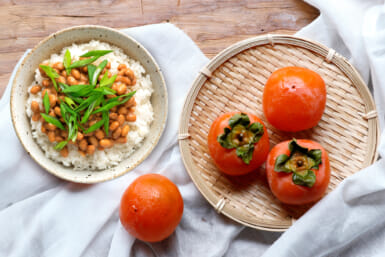I dined at the Jewish Community Center the other day and, along with eating a delicious meal, I learned something: Though there is Jewish cooking, there is no real Jewish cuisine.
That surprising bit of news was given to me by three charming ladies who prepared a Jewish dinner so that I and some others would know what Jewish home-cooking is like. In a word, it is delicious.
That it is most ungentlemanly of me to disagree with my three gracious hostesses I am well aware, however I find I must. But first, to the food.
The menu consisted of hors d’oeuvres, soup and a main dish. I found the hors d’oeuvres very interesting, consisting of food I had never heard of or tasted. There was pita felafel or felafel, tahina Israeli salad and kosher pickle, stuffed inside a piece of unleavened bread, called pita.
A bit of Jewish horseradish, a delicious condiment made by soaking horseradish in beet juice to give it a bright red color, added to the filling, made it even tastier. There was also taboli, eggplant caviar and gefillte fish.
Some of those dishes need description, since the names, I’m sure, are new to most non-Jewish ears. Felafel is made of ground chick peas, garlic, egg, cumin, turmeric and red pepper, shaped into round balls and deep fried. Tahina is a filling made of sesame, parsley, lemon juice and garlic. Eggplant caviar is prepared with chopped baked eggplant, tomatoes and onion juice. Taboli consists of cracked wheat and parsley.
Gefillte fish is the flesh of four kinds of fish, although that night only carp was used, with fried onions and egg mixed together to make a stuffing for the skin of the fish, which is then returned to its original shape. Israeli salad is made of chopped vegetables of choice. That night lettuce, tomato and cucumber were used.
Following the hors d’oeuvres came kraeplach soup. It was something like a wonton soup but a little different. For the wonton or ravioli — take your choice — were made Jewish-style. What the difference was I could not pinpoint. Whatever it was, it took the soup out of the ordinary class.
The main dish was moussaka, which is baked eggplant served with a sauce, composed of minced meat, fried onions, garlic and tomato paste. The eggplant had been sliced into two halves, with the sauce spread on one of the halves and the other half placed on top of it. I was told it was sometimes called Jewish lasagne. Italian restaurants would do well to include moussaka in their menus. It was an outstanding dish.
A piroshiki was served on a side plate with the moussaka. It was made of minced meat, chopped hard-boiled egg, fried onions, all mixed together and deep-fried. It was made even the more savory by dipping it into the horseradish.
Dessert consisted of apple strudel and noodle kugel, a sweet pudding made of noodles, cottage cheese and butter.
Along with the meal we drank an Israeli-made Semillon, produced by the Carmel company. It was a pale yellow with a definite Semillon bouquet. Slightly sweet in flavor, it had sufficient acidity for balance. It was a pleasant accompaniment to the hors d’oeuvres.
The red was a Cabernet Sauvignon, made by the same company, a medium-red with a bouquet that readily identified the grape. It was light-bodied and had a pleasing flavor.
Now comes my disagreement with the ladies regarding their statement about Jewish cuisine. My dictionary defines a cuisine as a “style of cooking; method of preparing food.” As far as I was concerned, the dinner met the definition. For even though it was explained to me that the Jews had adopted the foods of the different countries where they had settled, they did adapt them to their tastes, following Jewish dietary laws, and thus created a style of cooking.
Among the laws is the requirement to eat only animals that have cloven hooves and chew their cud and prohibiting the use of any of the rear half of the animal, depriving the Jews from the joys of tripe, legs of lamb and other choice pieces located in that part.
Prohibited also by the laws is the mixing of meat and dairy foods; thus, preventing the Jews from cooking their meats in butler. Another interesting restriction is that which limits the Jews to seafood which have fins and scales, eliminating oysters, clams, shrimps, prawns, crabs and lobsters from their diet.
With such prohibitions facing them, the Jews have had to devise ways to prepare the food they are permitted in an interesting and savory fashion. From the meal I had at the Jewish Community Center, they succeeded in high style.
Thus, after much thought on the matter, I find myself disagreeing with Judie Citrin, Shipi Horn and Greta Shipman, my hostesses that afternoon. There certainly is a Jewish cuisine, in my opinion, and it is delicious. I suggest that the three ladies consider opening a restaurant in Tokyo. It will be very popular. They certainly would find me a frequent customer.








